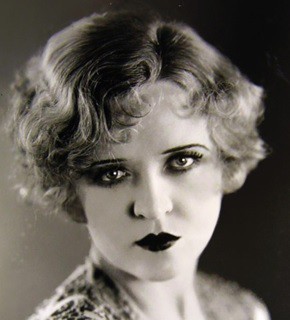#seena owen
Text

Lady of The Day 🌹 Seena Owen ❤️
#silent film#silent era#silent actress#seena owen#silent cinema#1920s cinema#silent film actresses#vintage beauty
18 notes
·
View notes
Text
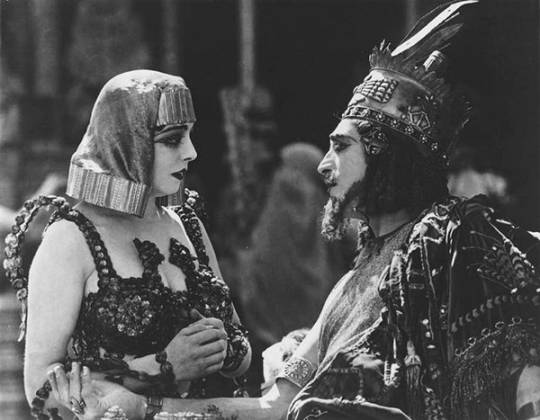
Seena Owen-Alfred Paget "Intolerancia" (Intolerance) 1916, de D. W. Griffith.
29 notes
·
View notes
Photo

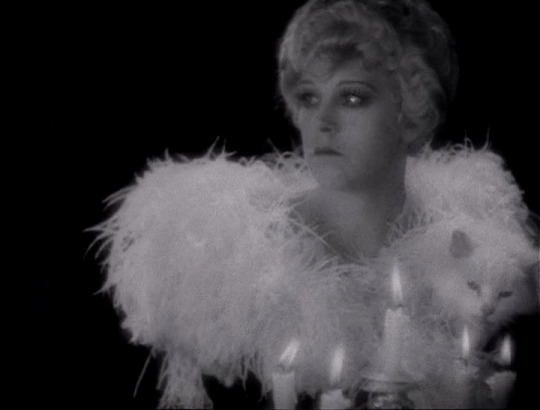
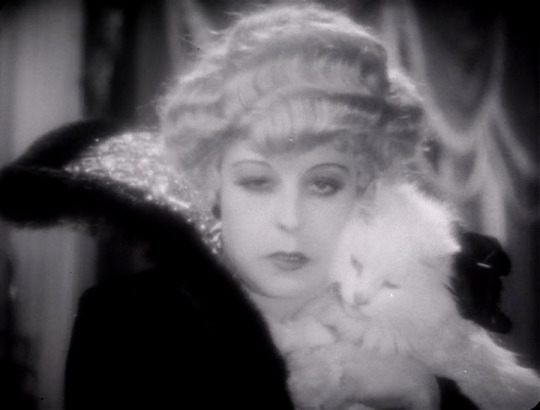
Queen Kelly (Erich von Stroheim, 1932)
31 notes
·
View notes
Text


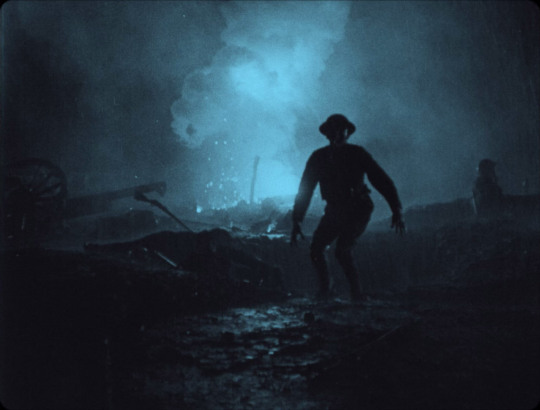



Back Pay, 1922. dir. Frank Borzage
2 notes
·
View notes
Photo
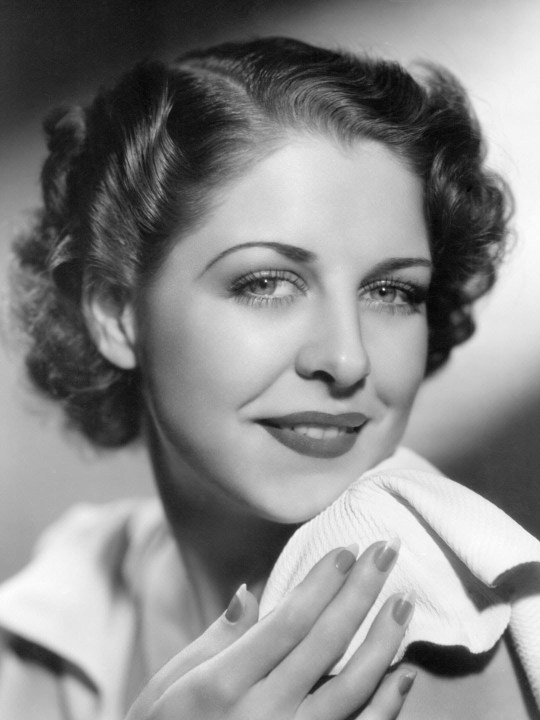
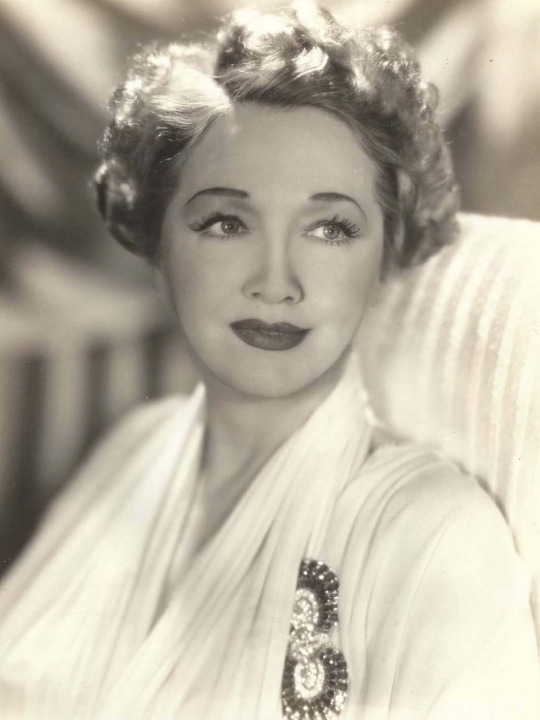
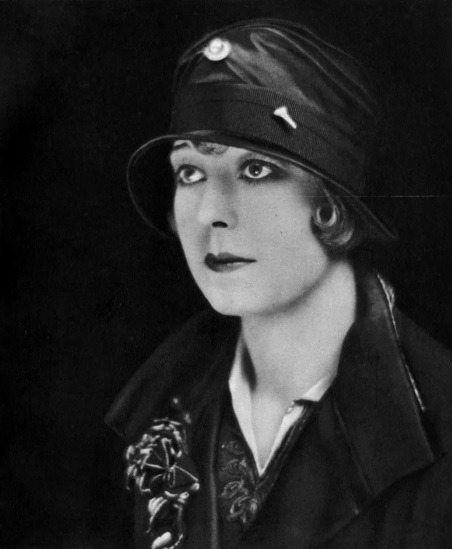




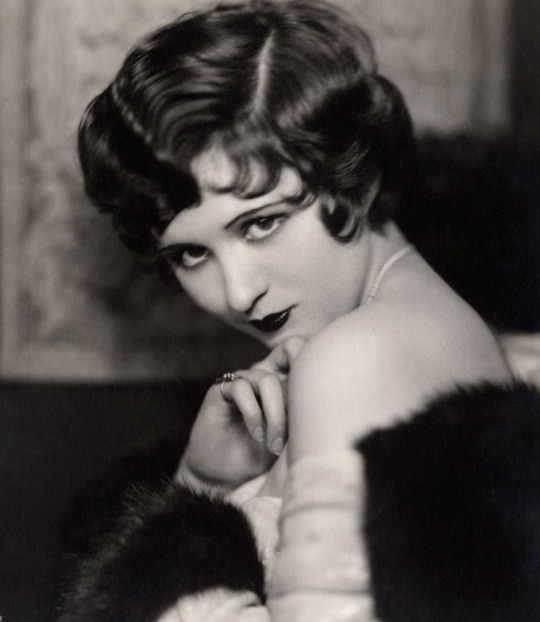


ACTRESSES WHO DIED 1966
Anne Nagel at 50 from liver cancer
Hedda Hopper at 80 from pneumonia
Seena Owen at 71 from illness
Carmelita Geraghty at 65 from heart attack
Ethel Clayton at 82 from heart attack
Vera Steadman at 65 from unknown events
Natacha Rambova at 69 from heart attack
Helen Kane at 62 from cancer
Renate Ewert at 33 from alcoholism
Sophie Tucker at 79 from cancer
#anne nagel#hedda hopper#seena owen#carmelita geraghty#ethel clayton#vera steadman#natacha rambova#helen kane#renate ewert#sophie tucker#thedabara
21 notes
·
View notes
Video
Ayrton Senna by Christina Saint Marche
Via Flickr:
Seena was a genius on the track as well as in life. I truly admire him and often quote his words. Photo by Owen Jones.
#Formula1#FormulaOne#AbuDhabi#AbuDhabiGP#STMARCHE#STMARCHÉ#ST#SAINTMARCHE#SAINTMARCHÉ#SAINT#saint marche jewelry#saint marche blue heart#saint marche collection#saintmarche. christina st marche#CHRISTINA SAINT MARCHE#CHRISTINASTMARCHE#Christina Saint Marche London#Christina Saint Marche Paris#Christina saint marche furriers#Christina saint marche corsets#ChristinaSaintMarché#CHRISTINASTMARCHÉ#flickr
3 notes
·
View notes
Photo

1925 Lobby card for “Faint Perfume” starring William Powell and Seena Owen. From Heritage Auctions.
42 notes
·
View notes
Photo

Intolerance (D.W. Griffith, 1916)
Cast: Lillian Gish, Mae Marsh, Robert Harron, Fred Turner, Miriam Cooper, Walter Long, Margery Wilson, Eugene Pallette, Spottiswoode Aitken, Ruth Handforth, Allan Sears, Constance Talmadge, Elmer Clifton, Alfred Paget, Seena Owen, Tully Marshall, Howard Gaye, Lilian Langdon, Bessie Love, George Walsh. Screenplay: D.W. Griffith, Anita Loos. Cinematography: G.W. Bitzer. Production design: D.W. Griffith. Film editing: D.W. Griffith, James Smith, Rose Smith.
Audiences in 1916 were unready for D.W. Griffith's narrative innovations in Intolerance. Griffith told four stories in his film, each set in a different era, and constantly cut between each of them. We're used to that way of finding unity in multiple stories, but Griffith's attempt at it caused the hugely ambitious and expensive film to lose money. The constant cutting from story to story is often frustrating and annoying, but mainly because half of the stories are not well-told. The scenes from the life of Jesus are too familiar and too scattershot to sustain any narrative drive or carry the emotional weight they're designed for, and the part that deals with the St. Bartholomew's Day massacre is muddled by a lack of involvement with the characters. The Babylonian sequence and the "modern" story work better, the former because of its wild spectacle, centering on probably the most famous set ever built for a movie. Constance Talmadge overdoes the striding about that's meant to suggest the Mountain Girl is a liberated woman, the equal of any man, but she's fun to watch. The modern sequence is the only one with developed and interesting characters, even if some of the acting takes time to get used to. Mae Marsh jumps around goofily to suggest the Dear One's joie de vivre, but when she settles down and starts suffering, she becomes quite touching as the woman whose husband (Robert Harron) is wrongly imprisoned and who loses her baby to well-meaning but puritanical do-gooders. Miriam Cooper gives the film's best performance -- that is to say, the one that looks most natural to contemporary eyes -- as the Friendless One. Still, the star of the show is Griffith himself, demonstrating his mastery at building suspense with the intertwined conclusions of the French, Babylonian, and modern sequences. We can laugh at the final scene of the heavenly host bringing peace to a war-torn world, but it must have had a different effect on audiences in the midst of World War I.
8 notes
·
View notes
Text
BACK PAY
1921

Back Pay is a play in three acts and an epilogue by Fannie Hurst, based on her 1919 short story of the same name which was published in Cosmopolitan Magazine. The play was originally produced by A.H. Woods and staged by Elwood F. Bostwick, who also appeared in the cast billed as E.F. Bostwick. It starred Helen MacKellar as Hester Bevins.
The cast also included Lucille LaVerne, who later provided the voice of the Queen / Witch in Walt Disney's 1937 animated film, Snow White and the Seven Dwarfs.
Hester Bevins is a simple country girl who yearns for adventure. Though she has a handsome young man, Jerry, who is devoted to her, she leaves her village and goes to New York in search of a grander life. There she becomes the lover of a wealthy and unscrupulous businessman. But when Jerry returns blinded and dying from the war, Hester must choose between her new life and the man whose loyalty to her has never failed.
Hurst’s short stories inspired several successful plays and films: Humoresque (1920 & 1946), Imitation of Life (1934 & 1959), and Back Street (1932 & 1941), to name a few. Her total publications over her nearly six-decade career include 19 novels, over 300 short stories, 4 plays produced on Broadway, and screenplays for several films.
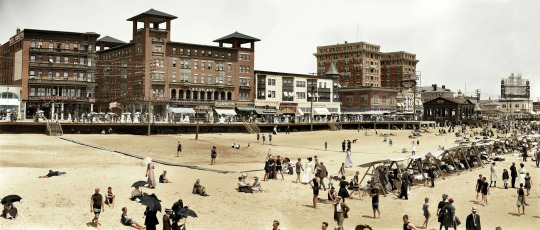
Back Pay premiered in Atlantic City at Woods Theatre (owned an operated by the producer) on the Boardwalk on August 14, 1921. The theatre was later known as the Savoy. The same night that Back Pay opened in Atlantic City, A.H. Woods also opened another play, The Pink Slip, in Asbury Park, about an hour away. After its AC engagement, Back Pay replaced The Pink Slip in AP. The Pink Slip was given a pink slip and never made it to Broadway. Not so for Back Pay. In the meantime, Back Pay moved from AP to LB (Long Branch) on its flight path to Broadway.
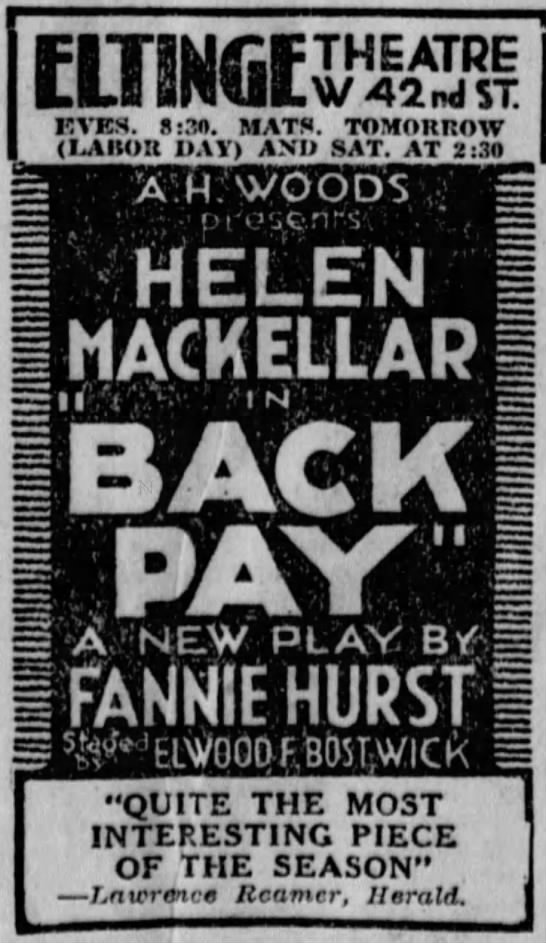
Back Pay opened on Broadway at Eltinge’s 42nd Street Theatre On August 30, 1921. It ran 79 performances.

Back Pay was filmed in 1921 starring Seena Owen as Hester. In Atlantic City, it played at the Criterion Theatre on the Boardwalk in late July 1922. Scenes were filmed in New Jersey at the Delaware Water Gap.
“The screen version contains milk and water, where the stage play contained warm blood. Obviously the play has been contorted to meet the demands of censorship. This has emasculated it.” ~ JAMES W. DEAN

Back Pay was filmed again (this time with sound) in 1930 starring Corinne Griffith as Hester. It was first screened in Atlantic City at the Stanley Theatre (later known as the Roxy) on the Boardwalk in mid-June 1930.
#Back Pay#Fannie Hurst#Helen MacKellar#A H Woods#Atlantic City#New Jersey#boardwalk#Woods Theatre#Broadway#Broadway Play#Eltinge's 42nd Street Theatre#1921#Play
2 notes
·
View notes
Text
Who Was the Inventor of Eyelash Extensions?

Humans have been enhancing their lashes for eons. The ancient Egyptians used thick ointments and fluffy brushes to fan theirs out, and in ancient Rome, they used black putty, or kohl, to darken the lash hairs.
Even today, we love to make our lashes look good! But unlike the ancients, we have more modern treatments available to us, like lash extensions. Lash extensions, or falsies, are a popular method used to get fuller, thicker, and healthier-looking lashes. But who can we credit for this world-changing lash invention? If you want to know who the inventor of lash extensions was, learn about them here!
What Are Lash Extensions?
Lash extensions are fake lashes made from materials like mink, fox, and silk. You apply them to the lash line so that they sit over and visually replace the natural lashes.
Who Invented Them?
It was the early 1800s, and the Victorians, per usual, were up to some weird and moderately disturbing shenanigans. Wanting longer, fuller lashes, ladies glued plucked human hairs onto their lash lines. Some even tried to surgically implant them into their skin using unsterile sewing needles! In 1902, presumably terrified by the years of botched lash surgeries preceding, German-born Karl Nesser decided enough was enough and patented a process for producing false lashes. Then, in 1911, Anna Taylor, a Canadian inventor, used this process to produce artificial, glue-on lashes made from strips of fabric and tiny implanted hairs.
But it wasn’t until 1916 that falsies really took off. D.W Griffith, a well-known Hollywood producer, decided to enhance actress Seena Owen’s lashes with fake hairs made by the on-set wig maker. After seeing Seena and her breathtaking lashes on screen, the extension craze took off. And by the 1950s, it was a staple in the beauty world, worn by stars like Marilyn Monroe, Judy Garland, and Twiggy.
What Are Modern Extensions Like?
Modern extensions use a different but similar process to Nesser and Taylor’s. Today’s semi-permanent extensions are small clusters, or fans, of fake lashes that you apply to the lash line one by one rather than in one large strip.
Who was the inventor of lash extensions? We can credit a few people with that title! Thanks to the chaotic inventiveness of ordinary Victorians, the hard, tireless work of inventors like Nesser and Taylor, and trendsetters like Griffith and Seena, we have the lash extensions we know and love today.
Read the full article
0 notes
Text

Seena Owen (Spokane, Washington, 14/11/1894-Los Angeles, California, 15/08/1966).
10 notes
·
View notes
Photo

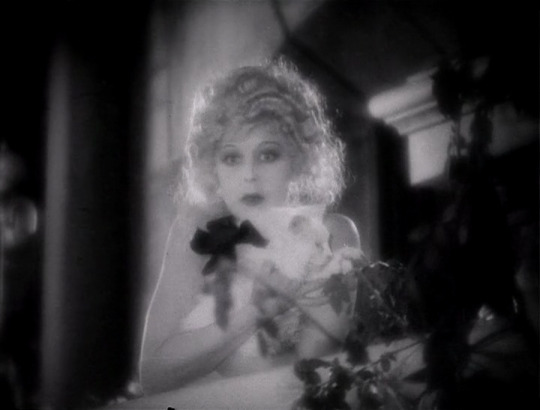
Queen Kelly (Erich von Stroheim, 1932)
33 notes
·
View notes
Text
Ransomware (2021)
Format: A single episode of the live-action comedy news show Last Week Tonight.
Directors: Paul Pennolino and Christopher Werner.
Writers: Johnathan Appel, Ali Barthwell, Tim Carvell, Liz Hynes, Greg Iwinski, Mark Kramer, Daniel O'Brien, John Oliver, Owen Parsons, Charlie Redd, Joanna Rothkopf, Chrissy Shackelford, Ben Silva, and Seena Vali.
Is J.K. Simmons in this? His voice is in this.
Who does he portray? Himself, or a version of himself with strong opinions about the best way to protect against ransomware attacks.
What does he do? He informs the viewer about how best to protect oneself against ransomware attacks.
How bald is he? Unknown, we only hear his voice.
Is anybody else in this? Well, it’s not a radio show, so at the very least other people appear on the screen.
Is it worth seeing if I’m not a J.K. Simmons completist? Yes, it’s a reasonably funny and very informative show. There are occasional jokes that I don’t really care for, and sometimes they push a little harder for the laugh when they should be pushing to inform, but that’s mostly my personal taste. It doesn’t make the show bad.
0 notes
Photo
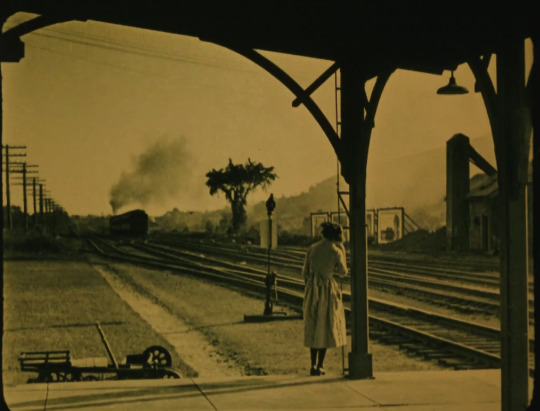
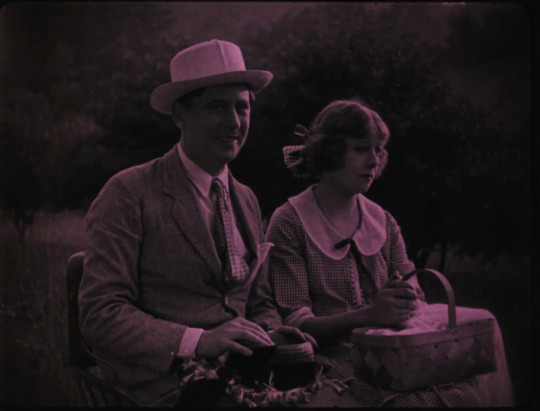
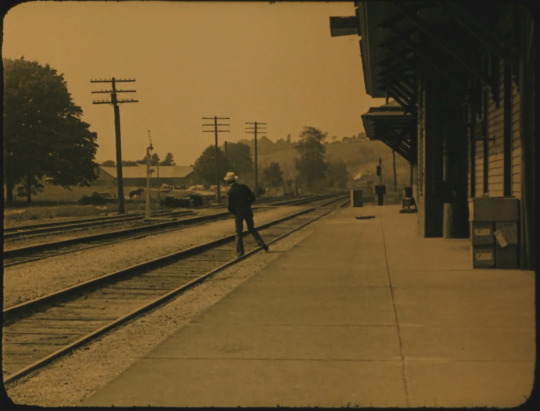
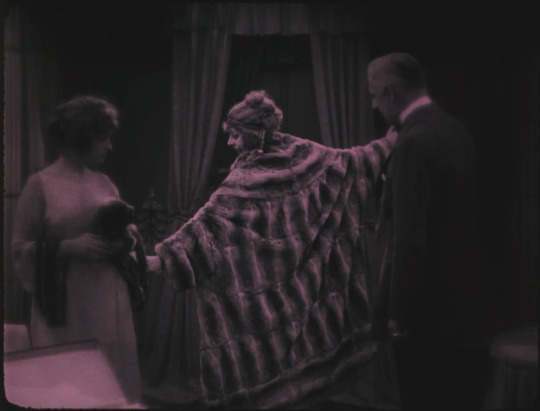

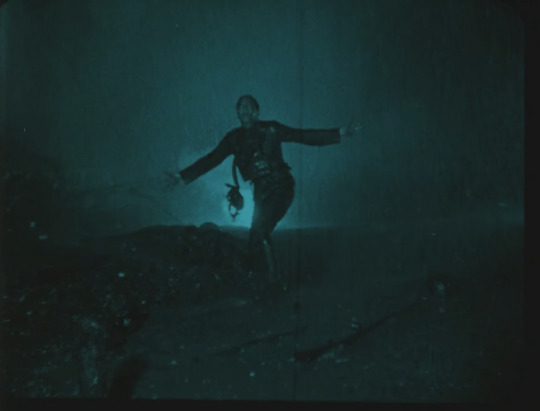
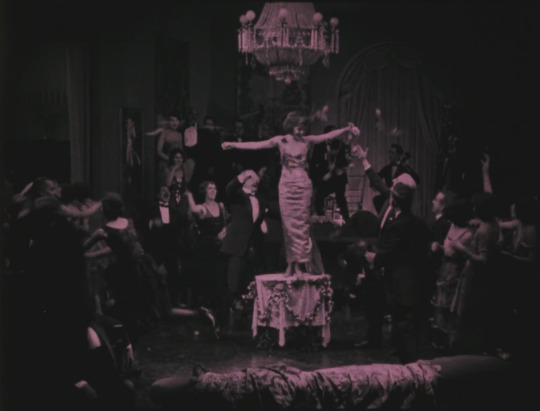

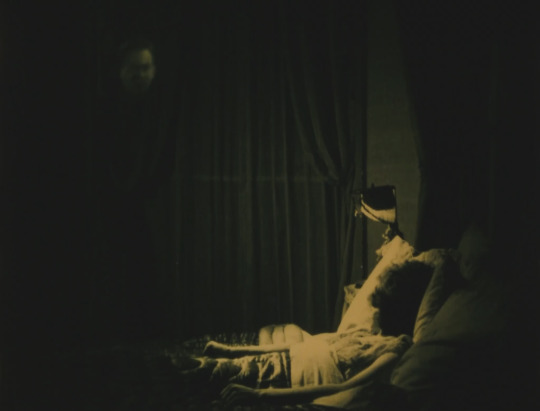
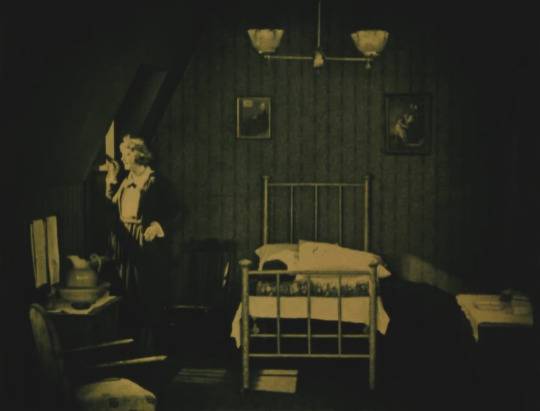
1922 in 2022: Back Pay (1922)
Directed by Frank Borzage
Adapted for the screen by Frances Marion
Based on a story by Fannie Hurst
Photographed by Chester Lyons
Produced by Cosmopolitan Productions
Premiered on 8 January 1922
Synopsis:
Hester Bevins (Seena Owen) dreams of a bigger, more extravagant life than her small-town home of Demopolis can offer. When Hester decries her flannel and gingham lifestyle to her beau, Jerry (Matt Moore), he doesn’t take her seriously. Regardless, once Hester has the scratch, she moves to New York City. There, she toils in obscurity for a few years before she lands a tycoon boyfriend, Wheeler (J. Barney Sherry). Though Hester has settled into the lap of luxury, she hasn’t forgotten her roots. Hester returns to Demopolis for a spell while on a road trip with Wheeler and friends. There she finds the whole town has forgotten her, except for Jerry. Jerry still insists Hester belongs in gingham and with a heavy heart she rejects him again and returns to the city. Normal life resumes for Hester, while Jerry enlists to fight in World War I. After Hester discovers that Jerry has returned to the States wounded, she rushes to the hospital and is informed that he only has three weeks to live. Hester thinks up a scheme to make the most of his last days by marrying him and convincing the now-blind Jerry that she’s living in a humble one-room apartment on earnest wages. She easily gains Wheeler’s agreement to support this arrangement. The pair live out an imitation of Jerry’s modest domestic fantasy until Jerry’s death. Hester unexpectedly finds that she is unable to return to her former life. Hester is haunted by the spectre of Jerry and feels guilty for her ruse. After her maid foils an attempted suicide, Hester resolves to become the person Jerry believed she was. Hester moves into a dingy one-room apartment, reclaims her old job, and is determined to pay for Jerry’s funeral with money she earned “honestly” as a final act of atonement.
My Impressions:
There was a lot I liked about this movie, and I really enjoyed Seena Owen’s performance, but the morality of the story was so shallow that it left me frustrated.
There’s not much information online about the movie, so I tried to scan through movie magazines from the time with little luck. Then I ended up finding a contemporary review cited on Back Pay’s Wikipedia page! The reviewer, James W. Dean, was also disenchanted with the hollowness of the film. Dean was already familiar with the story from the original publication (in Cosmopolitan Magazine in 1921) and from the stage play which was running while Back Pay was produced and released. And, according to Dean, the movie adaptation gutted the substance of the story. This spurred me on to find a copy of the original story and golly was Dean right!
In the story, Hester’s childhood in Demopolis is recounted in a way that deeply informs the choices she makes as an adult. Hester was raised by a protective aunt who also happened to be running an adult establishment out of her home. These childhood experiences shape Hester’s view of men and her expectations of life. This also frames Demopolis as less of a sleepy, idyllic bit of Americana. The film contains no hint of Hester’s life before the plot commences.
The film also whittles down the character of Wheeler, who in the story has a wife and child he’s double timing. He’s also searingly referred to as a “parlor patriot.” As the war rages abroad, Wheeler is specifically described as a war profiteer. When Hester asks him to do a solid for a disabled veteran, she even mentions that it’s only right seeing how much money he’s made off the war!
There isn’t much different about Jerry between the two versions of the story, aside from some blatant anti-Semitism is the original story. Honestly, even with the bigotry removed, I found it hard to like a character whose main trait is invalidating his girlfriend’s self image.
While the original story also tackles morality and guilt, the added depth of Hester’s psychology and the added shittiness of Wheeler make for a much more dynamic story.
So, I’ve ragged a lot on what was removed from “Back Pay” when it was adapted for the screen, but there is one addition that stuck with me. It regards Hester’s live-in maid. The maid isn’t a full character in either version of the story. But, if you remember from the synopsis, after the maid saves Hester’s life, Hester decides to up and leave. In other words, Hester abandons this very loyal woman in the early hours of the morning, leaving her potentially homeless and jobless with absolutely no prior notice. But, seemingly Borzage had some awareness of how completely insensitive this act was, because the camera lingers on the (unfortunately uncredited) maid looking anxious and despondent after Hester’s departure. This minimal moment is more thought given to that character than the original story, shockingly.
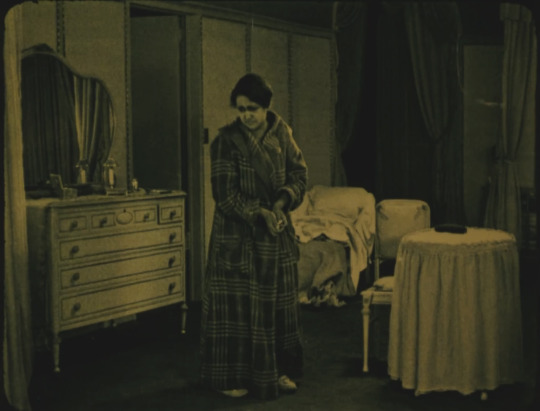
The aforementioned shot of the tragically uncredited maid.
Further Info: [below the jump!]
Adjusted for inflation, the chinchilla coat that Hester wants Wheeler to buy for her would be $368,170.00 in 2022 dollars. Jerry’s funeral costs would be $8,848.63. (Although the movie is set some time in the 1910s, not 1922 so the numbers would be slightly different in actuality.)
Back Pay was produced by Cosmopolitan Productions, which was owned by newspaper magnate William Randolph Hearst. The business model of Cosmopolitan was that it would have the film rights to the popular stories that ran in Hearst’s magazines and would also be able to promote the films in Hearst-owned publications. At the time Back Pay was made, Cosmopolitan’s films were distributed through Paramount.
Back Pay was shot at Cosmopolitan’s New York studio located at Harlem River Park. The area used to contain an amusement park and casino. However, a year after Back Pay was released, while production of Little Old New York (1923) with Marion Davies was under way, the studio burned down. This precipitated the studio moving production to California.

Photo of Cosmopolitan’s studio c. 1923 from the HABG Task Force website.
The city block where the studio once stood (between 1st & 2nd and E 126th & E 127th in Harlem) was, until recently, a city bus depot abutting a bridge ramp. We often talk about how much has changed in Hollywood in the last century, but the old movie-making enclaves in New York and New Jersey have also changed massively! I bet the view across the river from the studio was lovely back then!
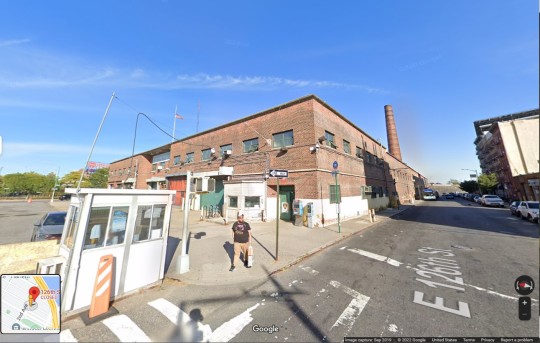
The block as seen on Google Maps in 2019. (Shoutout to this dude in a Dragon Ball Z t-shirt btw)
Seeing as this post is already a beast, I’ll quickly say that the history of this location, going all the way back to when Harlem was still Nieuw Harlem is fascinating and the redevelopment plans for the area sound great! The website Urban Archive has a full survey. It’s worth a read!
You can also check out the HABG Task Force website for details on the redevelopment, which is currently slated to be completed in 2023.
#1922/2022#1920s#1922#Back Pay#frank borzage#Frances Marion#seena owen#fannie hurst#cosmopolitan productions#William Randolph Hearst#matt moore#wwi#world war i#harlem#New York City#new york#history#local history#new york city history#harlem history#silents#silent film#silent movies#silent era#classic movies#classic film#my screencaps#the twenties#film history#movie history
19 notes
·
View notes
Text

W.F. Seely :: Seena Owen. Photoplay magazine, October 1926. | src internet archive
View on WordPress
#1920s#photoplay magazine#portrait#Porträt#retrato#ritratto#portret#retrat#Bildnis#seena owen#walter frederick seely
20 notes
·
View notes

